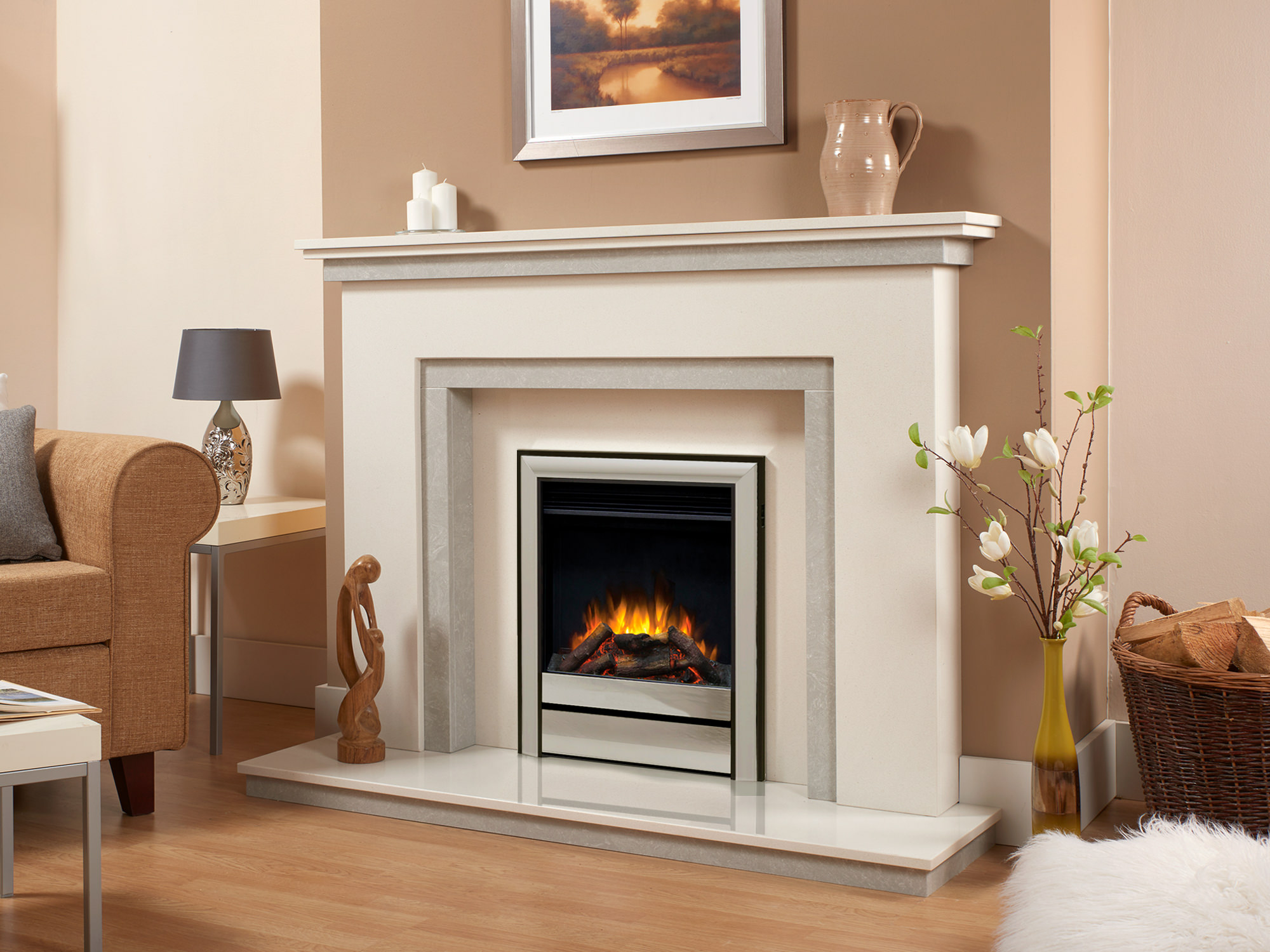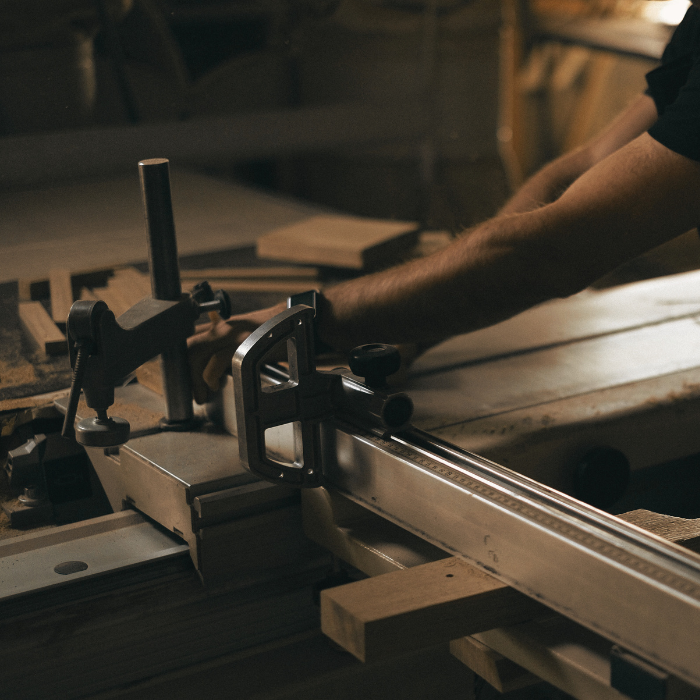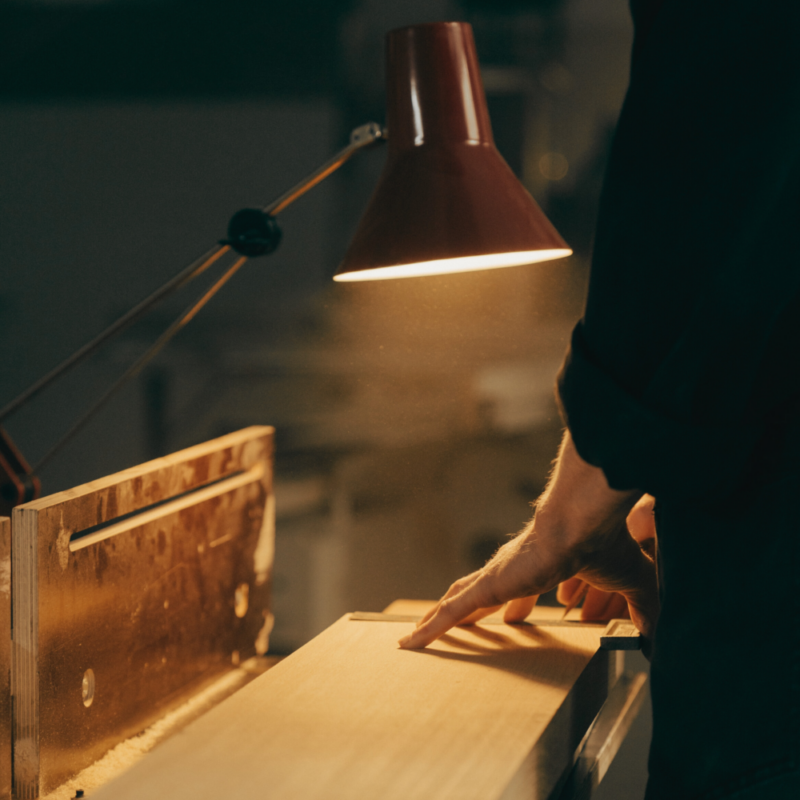“
The Myth, the Science and the Solution to Open log Fires.
There is nothing which compares to the warm, crackling glow of a log fuelled fireplace. It will create that welcoming, relaxed and contented or even romantic, atmosphere for you, your family and friends to enjoy. Now we’ve fed you the advertisers overinflated myth lets remove the rose tinted spectacles to take a cold hard look at the undistorted reality. Sorry, we do mean cold, as well as potentially lethal, damaging to the environment, and your financial wellbeing.
Kid yourself not a conventional log fuelled fireplace rather than providing the means to heat your home is an energy consuming vortex, which displays an insatiable appetite for fuel and oxygen, and is capable of pulling cold air in from other parts of the house and from outside. Most, if not all the heat generated by the fire will disappear up the chimney along with the smoke. Smoke, from a log fire is a complex mix of combustible products which have failed to ignite before being drawn out of the hearth by the chimney and contains the majority of the fuels energy.
These un-burnt products, as they cool higher up within the chimney, can form as creosotes presenting a very real fire risk and, once evacuated from the chimney are major contributors to air pollution. This greater contribution to air pollution, and the risk of a serious chimney fire, makes a mockery of your convictions to be greener in spite of your better intentions of using wood as your chosen fuel.
Field trials have shown that on a cold winter’s day the use of a log fuelled conventional fireplace can paradoxically result in negative heat gains. It is estimated that a conventional log fuelled fireplace has an efficiency rating of between -10% to +10% so even in the best scenario an open log fire is capable of adding very little warmth to your home for the fuel burnt. These low and negative efficiency ratings are accountable to a number of causes. So let’s take a brief look at the underlying science. For further information on many of the issues discussed in this article please consult www.fireplace.co.uk
For any fire to burn it needs three things fuel, oxygen and heat for ignition (see The Science of Fire). The fuel is a given, firewood, the heat is provided through the ignition process and once lit the fire itself, and the third component, the oxygen is drawn from the air. It is here the first problem arises. When an open fire draws air it inevitably pulls in excess air (tramp air), air that is over and above what is needed to sustain the combustion of the fuel.
It is estimated that a gas or oil boiler draws up to 50% of tramp air whereas a conventional log fire draws up to 1500% of excess air (See Fig 1). As a consequence a mass of excess air is drawn into the open fire and evacuated out of the chimney. The higher the airflow through the fireplace the greater the loss of valuable heat rendering combustible wood gases up the chimney. The maths shows us with a tramp air flow of 100% there is a sensible heat loss of 10% resulting in a fire/fuel efficiency rating of 78%. In comparison a tramp air flow of 1500% the maximum fire/fuel efficiency drops to 15% with a heat loss of 73% disappearing up the chimney. This means a conventional log fuelled fireplace will return an efficiency rating of around 15% (see Fig 1*).
Fig 1 Excess Air and Fire Efficency
|
Excess Air |
Sensible Heat Loss |
Max. Efficiency |
|
100% |
10% |
78% |
|
500% |
29% |
59% |
|
1000% |
48% |
40% |
|
1500% |
73% |
15% |
In the absence of an external air supply and airtight glass doors a log fire in order to feed its voracious appetite for air will draw the heated warm air from your home at a rate of an air change 1.4 times per hour ever hour it is lit (ACH rate). This can add a staggering 50% to your annual heating bill, further denting your green credentials and your wallet.
The advent of double/triple glazing, concrete floors, fitted carpets, and improved insulation our homes are much ‘tighter’ gone thankfully are the draughty doors and windows of the ‘leaky’ homes of yesteryear. A log fire with its high ACH rate initiates the real risk of ‘depressurisation’ occurring within the home. The log fire will seek air from where ever it can find it potentially drawing air through another chimney or flu. This can cause a reversal in the flue flow from another appliance such as naturally aspirated oil or gas fire and boilers. This sponging of air from another appliance disrupts the combustion process of the donor spilling its combustion products back into the house. Tests prove where this forced ‘spillage’ from donor appliances takes place high levels of particulates, and non-volatile and volatile organics, are produced by the log fire. These are either drawn back into the home or released into the atmosphere via the open fireplace’s chimney.
These are all issues you have to consider when instlling or changing your fire or appliance whether it is fuelled by gas, oil, electricity or more convential solid fuel or biomass fuels. Please see Fireplace.co.uk article How to Choose the Right Size Fire, or Stove and Calculate your BTU Needs for further assistance.
Fig 2. Air Demands of Domestic Appliances
|
Appliance |
Hourly M3 Air Requirement
|
Hourly Air Changes (ACH rate) |
|
Condensing Gas Boiler |
29 |
0.06 |
|
EPA 1990> Log Burner |
17 |
0.03 |
|
Advanced Combustion Fire |
23 |
0.04 |
|
Wood Fireplaces |
680 |
1.4 |
As a fire and chimney cool its pull for air reduces. In a depressurised house any other flu, chimney, or even the natural draw of a ‘tight’ home can reverse the flow within the open fire’s chimney, drawing Carbon Monoxide (CO) from the smouldering fire charcoals into the home with potentially fatal consequences. Even when a fireplace is not in use it can still draw warm air from the home. This air flow works both ways, as warm air leaves, cold air tumbles down the chimney dumping itself into the heart of your home.
After puncturing the myth and science metamorphosing the dream into a nightmare where does that leave us cold, wheezing and broke, if we are one of the lucky ones .The good news is we can translate the dream of a log fire into a reality with negligible risks to ourselves, the environment or our wallets.
One alternative, air tight, single skinned radiant heat log burners act as space heaters emitting their heat as long ray radiation, heating solid objects such as the interior of your home. Natural convection takes place between the hot surface of the wood burning stove and the cooler air in the room moving heated air to other areas of the home. Similarly, dual skinned air circulating stoves are often equipped with fans circulating the convection heat around the home. The skill in getting the most out of such stoves is intelligent siteing. Choose a position that is most frequented and offers open access to the rest of the house allowing the convection heat to permeate through the property. The real gains in energy efficiency are accompanied by a much lower ACH score (see fig 1 &2). A log burning stove operating at an average 100% excess air will return an efficiency rating of 78% with ACH score of 0.03 per hour, out performing a condensing gas boiler.
Both of these stove types offer massive improvements over a conventional log fire but fail to fully address the pollution problem. Large amounts of incomplete combustion products escape the burning process and are jettisoned into the atmosphere. The air pollution problem is exacerbated by the tendency to install oversized stoves, which are left to smoulder so as not to overheat the home. This stifles the ignition process of the secondary burn (pyrolysis) where the logs released gases fail to ignite leading to particulates, and hydrocarbons to be evacuated into the atmosphere and the build up of creosotes in the chimney.
Advancements since the 1990s have led to a new generation of clean burn log burners, equipped with catalytic converters or secondary burn technology. The catalytic converter is an internal honey comb coated in either palladium or platinum which assists the chemical reaction between the oxygen and the fuel allowing the hydro carbons released from the wood to ignite at a lower temperature.
Alternatively, a baffle within the stove heats and returns the hydrocarbons back into the stove for a secondary burn. The most recent development within this market, the introduction of advanced combustion fireplaces harnesses secondary air combustion technologies. Advanced combustion fireplaces due to the high levels of insulation in the outer case can be installed in to a newly built or fitted retrospectively into an existing fireplace cavity. They have airtight glass doors made from pyro-ceramic allowing infrared radiation from the flame to enter the room as heat. A secondary source of heat is available as air from the room is drawn into the fireplaces’ heat exchanger before being re-circulated back into the room. It is possible to have the hot air from the internal heat exchanger ducted to other parts of the home. Advanced combustion fire places can be equipped with their own dedicated air supply overcoming the possibility of any problems associated with depressurisation and anyway only draw 23m3 of air an hour returning an ACH score of 0.04.
Finally we have a realistic solution to the inherent problems of a wood fuelled fireplace in these new types of clean burn stoves and advanced combustion fireplaces which can be run at lower temperatures without compromising the secondary burn of the fuel or over heating the home. This raises the fuel efficiency rating by a further 10%-25%. By burning the fuel more completely reduces the emission of hydrocarbons and particulates into the atmosphere by up to 80%, and assists in the prevention of the build of creosotes within the chimney. Allowing you to reinstate and retain your green credentials by burning wood cropped from a sustainable source.
Whatever your choice, a traditional radiant or dual skinned air circulating stove, or one of the new generation of clean burn alternatives, installing or renovating a fireplace offers you the opportunity to add an atmosphere of elegance, character, and sumptuousness to your home that surpasses any other form of heating. Before investing the effort, time and money in a stove or advanced combustion fireplace you need to decide what overall design effect you are trying to achieve.
Once you have decided which type fire or stove you want and what is practical for your home and lifestyle there are many beautifully designed fires and surrounds crafted from traditional materials such as stone, marble and wood with their distinctive colour variations, veining, fossils, knots and grains which makes each crafted fireplace unique and individual to you and your home. Stone and marble, mantle, hearths and fire surrounds tend to give a room a natural feel and although often associated with a classical Georgian look there are many modern sleek stone fire designs available ranging from those possessing an elegance underlying the art nouveau movement to the more avant-garde contemporary designs.
Limestone, with its matt finish particularly lends itself to complement the most modern of living spaces with the character to enrich the most traditional, modernist or minimalist of homes. You may decide to opt for the alternative of cast iron. Wooden fire surrounds are available in a variety of woods ranging from pine, mahogany, and oak. Whilst pine fire surrounds are ideal for giving your property a country cottage feel the darker harder woods in particular oak are becoming increasingly popular whether crafted in a traditional or more contemporary style. Green oak mantel beams are an ideal way to finish off a hole in the wall or inglenook fire place whether fitted with a stove or fire.











